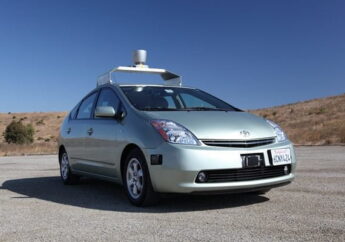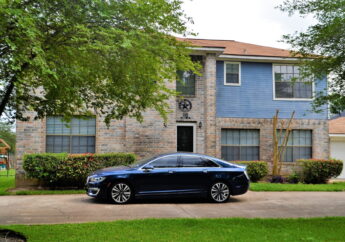Everything You Need To Know About Smart EV Charging (2022)
by Arnab Dey Automotive Published on: 21 November 2022 Last Updated on: 15 April 2025
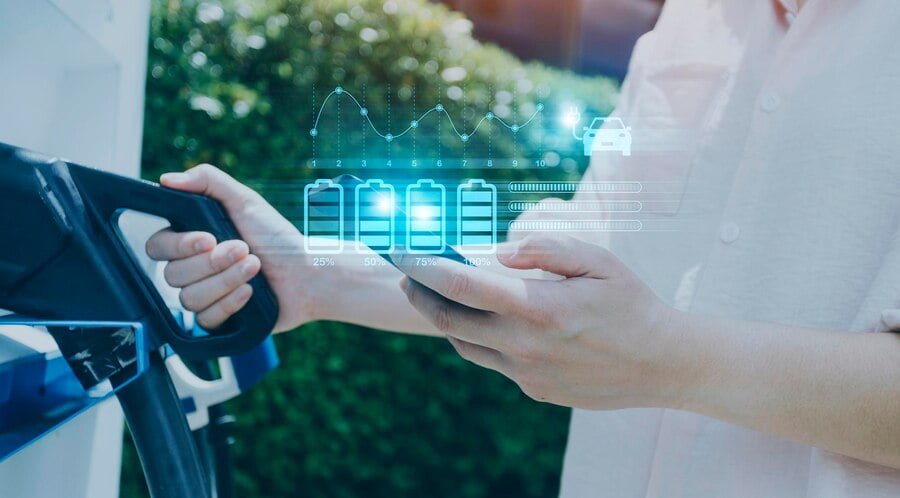
Smart EV charging is a vital aspect to consider when investing in EV technology. You will get the most out of your electric vehicle purchase with a comprehensive and proficient charging setup for your home or business.
Purchasing the right equipment for your setup is paramount for efficiency and keeping your car’s running costs as low as possible.
This article will cover everything you need to know about your smart EV charging setup. Let’s begin!
What Is The Difference Between An EV And A PHEV?
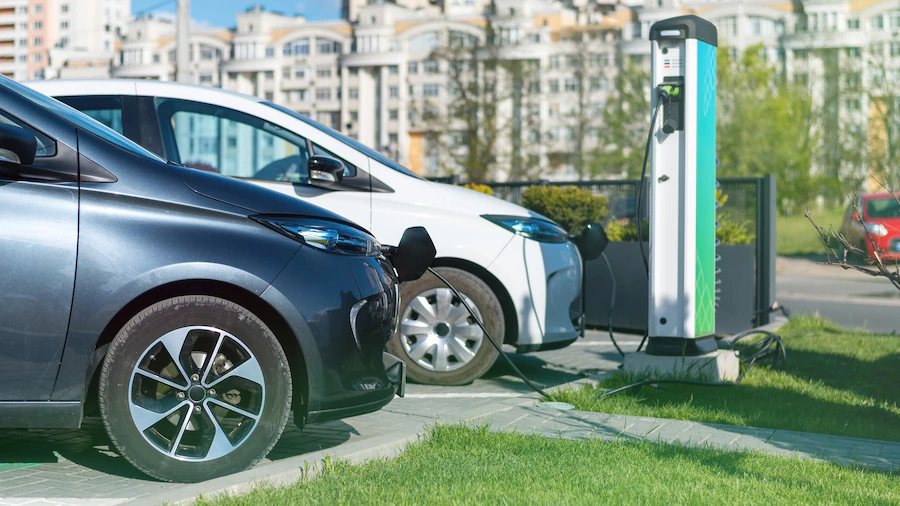
When looking at purchasing your first-ever electric vehicle, you’ll likely encounter both EV and PHEV options.
EV stands for electric vehicle. This term refers to vehicles that are entirely powered by electricity and can also be known as battery-electric vehicles. If you need to purchase a new one, you can check out Pumpt.
PHEV stands for a plug-in hybrid electric vehicle. These vehicles will have an electric battery, which is used to complement the internal combustion engine. To power a PHEV, you’ll need fossil fuel (petrol or diesel) and a charging point.
However, PHEVs cannot use any charging point. For instance, a PHEV cannot use rapid public charging ports (such as 50kW or 150kW chargers). Keep this in mind when you make your purchasing decision.
What Kind Of EV Charger Should I Buy For My Home?
The type of charger you select will depend on your preferences and the functionality you need. This largely depends on your lifestyle and how you plan to use your EV or PHEV—whether for short commutes, long drives, a city environment, or rural settings. All these factors should be considered when choosing the right charger.
Several reputable brands offer high-quality home charging station options for residential use. Leading companies produce reliable chargers that cater to various needs. Most of them are designed for outdoor use, but it’s always wise to check the product specifications before purchasing.
That said, when selecting one, consider opting for a single-phase supply of 3kW, 3.6kW, or 7kW to ensure optimal performance.
What Kind Of EV Charger Should I Buy For My Business?
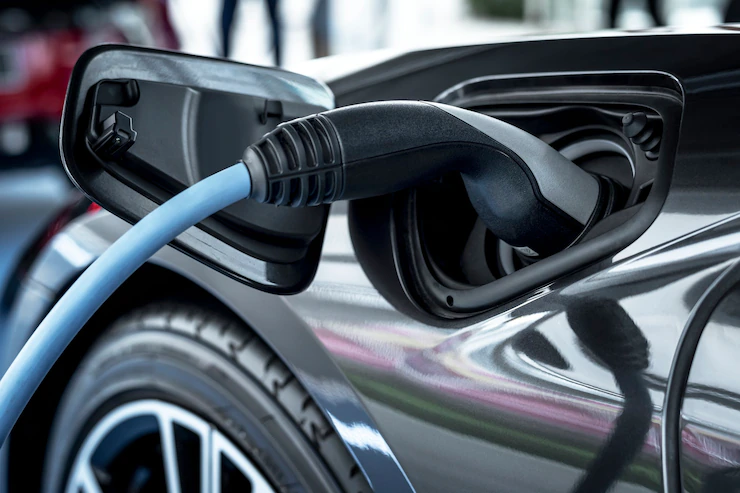
Commercial and industrial premises usually have access to a three-phase power supply, meaning they can install more powerful chargers (such as rapid charging points).
To keep up with the demand that a commercial or industrial setting will have, you’ll likely need to invest in a three-phase charger that is 22kW, 50kW, or 150kW.
More than single-phase domestic chargers will likely be needed to serve all your employees or customers.
What is A Type 1 And A Type 2 Connection?
A type 1 and type 2 connection differ in what kind of charging point they can use due to the different connection types having different adapters.
Type 2 is the more common connection type in the UK, whereas type 1 is more common in Asia and the United States.
The difference is similar to how UK plug sockets and EU plug sockets have different architectures.
Check the connection it’ll use if you are buying an EV or PHEV from the US or Asia.
How Do I Know If My EV Is Type 1 Or Type 2?

You will be able to tell by looking at the adapters for the connectors:
- A type 1 connector will have five pins
- A type 2 connector will have seven pins.
As most charging points in the UK use a type 2 connection, converters can be bought that allow type 1 EVs to use type 2 charging points.
What Is A Tethered Connection And An Untethered Connection?
When you buy a charging port for your home or business, you’ll have two main options to choose from; tethered and untethered.
The choice you make will depend on your lifestyle or situation. They both function the same way to charge an EV, the only difference being that a tethered connection has its cable permanently attached to the charger.
If you choose an untethered option, the EV charging cable can detach from the charger.
If you are buying for a domestic setting, it may make more sense to buy an untethered connection and keep the charging cable with your EV.
However, if you run a business with an EV charging port, a tethered connection may be best to ensure it can always be used (and the cables aren’t taken).
A tethered cable and charging point can be compared to a traditional fuel pump because they function similarly.
In Conclusion
Starting your EV journey for your home or business can be difficult, with a lot of information to understand. However, we hope this article has helped to shed light on the world of EV technology.
Read Also:
































































































